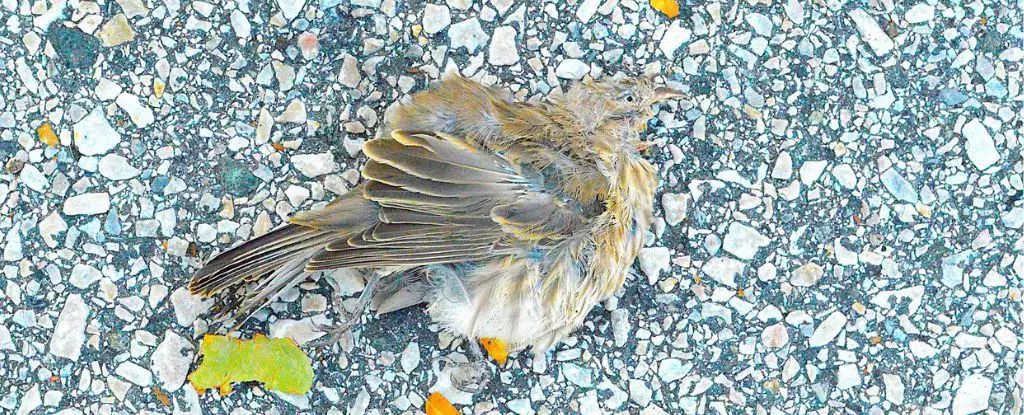It’s not just farmers and hunters who need to be concerned about the current bird flu outbreak in the United States. Research from the New York City Virus Hunters (NYCVH) Program has shown that even city dwellers, especially those with pets, are at risk. The study found that a small number of birds passing through New York City have been infected with a highly contagious strain of avian influenza.
Volunteers collected nearly 2,000 bird poop samples from urban parks, green spaces, and animal rehabilitation centers between 2022 and 2023. From these samples, six birds tested positive for the virus, including a red-tailed hawk, three Canada geese, a peregrine falcon, and a chicken. While the risk of bird flu in NYC may be low for humans and pets, caution is still advised. Microbiologist Christine Marizzi warns against close contact with wildlife and emphasizes the importance of preventing pets from interacting with wildlife.
New York City’s location along the path of migrating wild birds brings them into contact with a densely populated urban environment. The close interaction between wildlife and humans creates a potential breeding ground for infectious diseases. Despite no reported cases of avian flu transmission to humans in NYC, the risk remains. A recent case in Texas where a farm worker fell ill after contact with a sick cow highlights the potential for mammal-to-human transmission of the virus.
The World Health Organization (WHO) warns of the global zoonotic animal pandemic posed by the current avian flu outbreak. While rare, cases of humans contracting the virus from birds have been documented worldwide. In the US, the virus has spread from migrating birds to a variety of wildlife, domestic animals, and even farm animals. WHO officials are particularly concerned about the potential for the H5N1 virus to infect humans, as it can be deadly.
Taking precautions to reduce the risk of exposure to avian flu is crucial. Avoiding contact with wildlife, especially sick or dead birds, and ensuring pets do not come into close contact with wildlife are important steps. Additionally, practicing good hygiene, such as washing hands thoroughly after handling animals, is recommended. Ongoing surveillance of bird populations can help identify and monitor dangerous strains of avian influenza circulating in urban areas.
The presence of bird flu in urban environments like New York City highlights the need for awareness and vigilance among residents. While the risk of transmission to humans may be low, the potential for zoonotic spillover events exists. By understanding the dangers posed by avian influenza and taking appropriate precautions, urban dwellers can help mitigate the spread of the virus and protect both themselves and their pets.


Leave a Reply